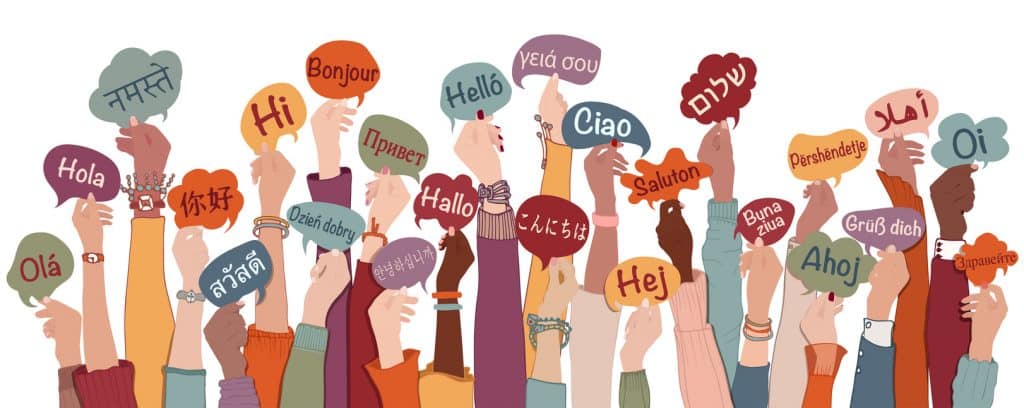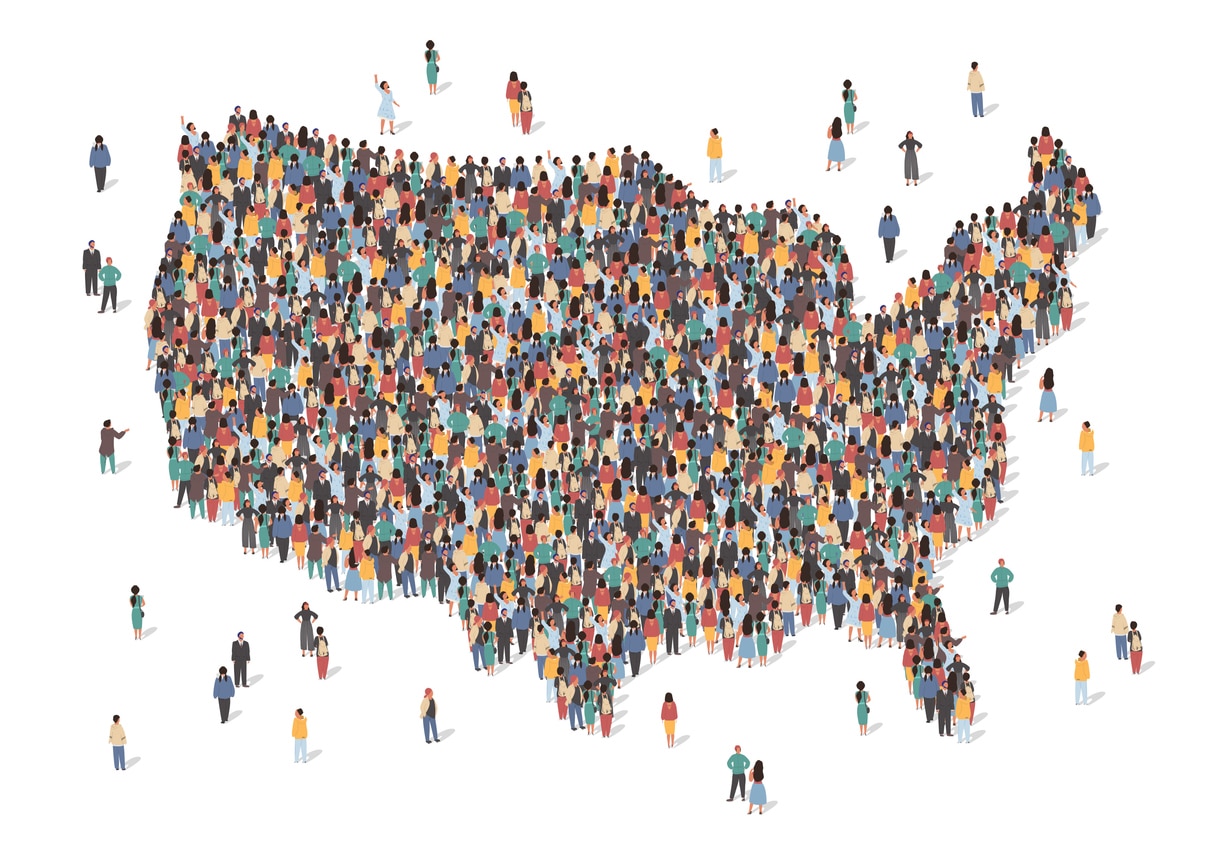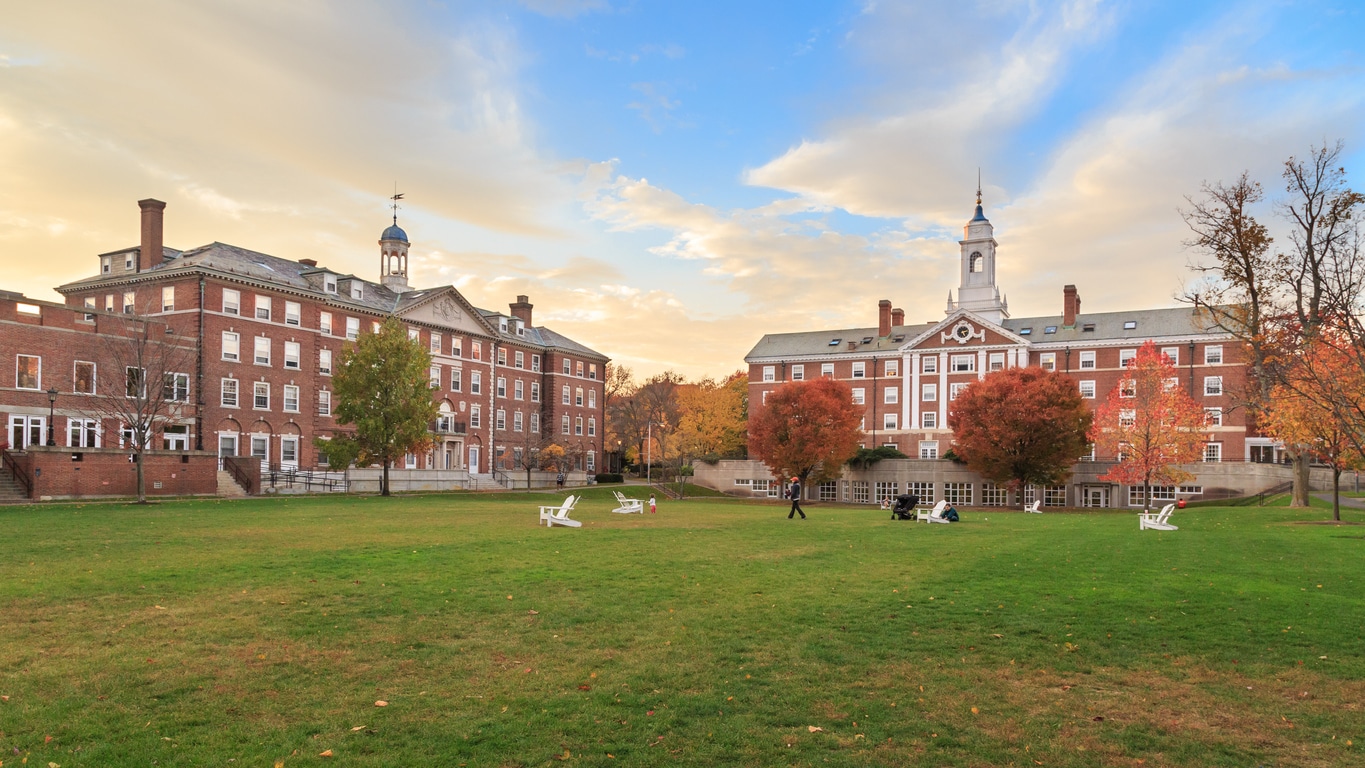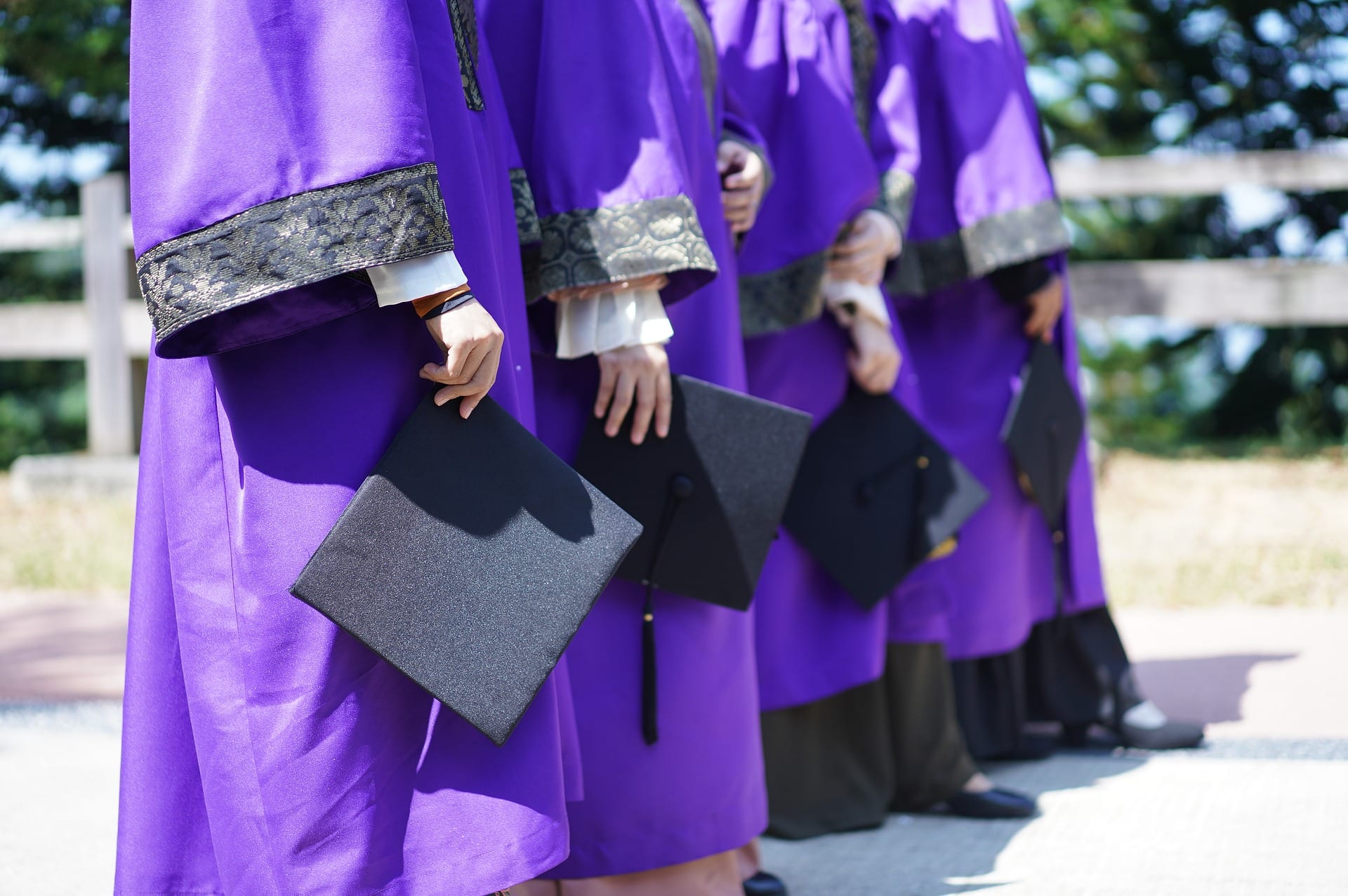A young student from halfway around the world, full of dreams and aspirations, steps off a plane onto American soil. Their heart races with excitement, but as they embark on this new chapter in a foreign land, they soon discover that it’s not all smooth sailing . Welcome to the rollercoaster ride of challenges and triumphs international students face in the United States.
From navigating the labyrinth of visa requirements to adapting to the dizzying array of American customs and culture, international students find themselves on a transformative journey that can be as daunting as it is rewarding. These students aren’t just learners in a classroom; they’re adventurers, bridging cultural gaps, expanding their horizons, and, quite often, wrestling with a host of obstacles that come their way.
Achieve your dream of studying abroad and set your career there with a 3 year post-work visa.
Now, let’s explore the specific problems and challenges that international students often encounter during their “study abroad” experience in the USA. These hurdles can range from academic and financial difficulties to cultural adjustments and legal complexities. Let’s take a closer look at these challenges and how students overcome them while pursuing their dreams in a foreign land.
Let’s look at a few of those problems:
- Cultural shift
- Homesickness
- Language barrier
- Accommodation problems
- Social Abuse
- Learning Style
- Academic expectations
- Financial Problems
- Prejudice or discrimination
- Adapting to time zones
Transform your future with a world-class education. Elevate your prospects and broaden your horizons – choose excellence, choose to Study in USA!
1. Cultural shift

One of the biggest challenges for international students in the USA is the cultural shift they experience. Moving to a new country with different customs, values, and social norms can be overwhelming and stressful. International students often find themselves struggling to adapt to the new culture, and this can lead to feelings of isolation, loneliness, and homesickness. Some common examples of cultural differences that international students may experience include:
- Different communication styles: In some cultures, direct communication is preferred, while in others, indirect communication is more common. This can lead to misunderstandings or misinterpretations of intentions or meanings in conversations.
- Social norms: Customs around personal space, eye contact, and body language can vary across cultures. For example, in some cultures, it is considered rude to make direct eye contact, while in others it is a sign of respect.
- Food and diet: International students may struggle to find food that they are used to eating, or they may find that the food in the USA is very different from what they are used to. This can be challenging, especially if they have dietary restrictions or preferences.
- Holidays and celebrations: Holidays and celebrations may be different in the USA than in the student’s home country. This can be a difficult adjustment, especially if the student is used to celebrating certain holidays or events with family and friends.
2. Language barrier

Another major challenge for international students in the USA is the language barrier. Even if students are proficient in English, they may struggle with accents, slang, and idiomatic expressions that are unfamiliar to them. This can make it difficult to communicate effectively with peers and instructors, and can also make it challenging to participate in class discussions, group projects, and other activities. In addition, international students may find it difficult to understand academic language and may need to spend extra time studying and learning new vocabulary.
Some other challenges related to the language barrier include:
- Writing and reading: International students may struggle with writing and reading in English, which can be a significant obstacle in academic settings. They may need to spend extra time working on assignments and seeking feedback from instructors or tutors.
- Test-taking: Standardized tests such as the TOEFL and GRE can be especially challenging for international students, as they require a high level of proficiency in English. Students may need to take additional language courses or hire tutors to help them prepare for these exams.
- Social interactions: International students may feel self-conscious or nervous about speaking English in social situations, which can make it difficult to make friends or participate in extracurricular activities.
3. Homesickness

Homesickness is a common challenge for international students, especially those who are studying in the USA for the first time and are far away from their family and friends. Homesickness can lead to feelings of sadness, loneliness, and depression, which can affect academic performance and overall well-being. Some ways that homesickness can manifest in international students include:
- Missing family and friends: International students may feel a deep sense of longing for the people they left behind in their home country. They may also struggle to make connections with new people in the USA, which can exacerbate feelings of homesickness.
- Cultural isolation: International students may feel out of place in the USA and may struggle to find communities that share their cultural background and values. This can make it difficult to maintain a sense of identity and can contribute to feelings of homesickness.
- Adjustment difficulties: The process of adjusting to a new country, language, and culture can be challenging and overwhelming for international students. They may feel a sense of disorientation or culture shock, which can make it difficult to feel at home in their new environment.
4. Accommodation problems

Accommodation problems are another challenge that international students in the USA may face. Finding suitable housing in a new country can be difficult, especially if the student is not familiar with the local rental market or housing regulations. Some common accommodation-related challenges that international students may experience include:
- Cost of living: The cost of living in the USA can be higher than in some other countries, and international students may struggle to find affordable housing in safe and convenient locations.
- Quality of housing: International students may encounter problems with the quality of their housing, such as issues with cleanliness, safety, or maintenance. This can be especially challenging if the student is not familiar with local housing regulations or does not have access to legal resources.
- Roommate conflicts: Sharing a living space with roommates can be challenging, especially if the student comes from a different cultural background or has different lifestyle preferences. This can lead to conflicts and can negatively impact the student’s overall experience in the USA.
5. Social Abuse

Unfortunately, some international students in the USA may also experience social abuse, which can include discrimination, prejudice, and harassment. Social abuse can be especially challenging for international students, as it can make them feel unwelcome and unsafe in their new environment. Some common forms of social abuse that international students may encounter include:
- Discrimination: International students may face discrimination based on their race, ethnicity, nationality, or religion. This can lead to feelings of isolation and exclusion and can negatively impact their academic and social experiences.
- Prejudice: International students may encounter prejudice or stereotypes that are based on misconceptions or ignorance. This can lead to misunderstandings and can create a hostile environment for the student.
- Harassment: International students may also experience harassment, which can include verbal or physical abuse. This can be traumatic and can negatively impact the student’s mental and physical health.
6. Learning Style

International students may struggle with adapting to the learning style in the USA, which can be different from the style of education in their home country. Some of the key differences that international students may experience include:
- Interactive classroom participation: In the USA, students are often expected to participate in class discussions and ask questions. This can be a challenge for international students who are not used to this style of learning and may feel uncomfortable speaking up in front of their peers.
- Independent research: Students in the USA are often expected to conduct independent research and to think critically about the information they are learning. This can be a challenge for international students who are used to more structured and teacher-centered learning environments.
- Writing style: Academic writing in the USA may also differ from the style of writing in the student’s home country. International students may need to learn new writing styles and citation methods in order to succeed in their coursework.
7. Academic expectations

International students may also struggle with adapting to the academic expectations in the USA, which can be higher or different from what they are used to in their home country. Some common academic challenges that international students may encounter include:
- High academic standards: Universities in the USA are often highly competitive and may have strict grading standards. International students may find it difficult to meet these high academic expectations, especially if they are not used to the academic rigor of universities in the USA.
- Language barriers: International students may struggle with language barriers, which can make it difficult to understand lectures and assignments. This can negatively impact their academic performance and can make it difficult to keep up with their coursework.
- Time management: International students may also need to adapt to new time management strategies in order to balance their academic work with other responsibilities.
8. Financial Problems

Another challenge that you might face as an international student in the U.S. is financial problems. The cost of living is high, and even small expenses can quickly add up. To avoid financial difficulties, it is important to invest your money wisely and be mindful of your spending habits. Consider taking up a part-time job to earn some extra income, which can be used to cover your expenses without running out of money.
9. Prejudice or discrimination

As an international student, you may also experience prejudice or discrimination because you belong to a different country. You may feel excluded or ignored by local students and encounter biased behavior from some people. While social discrimination is not acceptable in foreign universities, some instances of neglect or ignorance toward international students can still occur. It is important to be aware of this issue and not let it discourage you from pursuing your studies and goals.
10. Adapting to time zones

The difference in US timings might turn out to be a little problematic for you. It usually happens that adjusting to the new time zones becomes a little challenging for outsiders. Also, there might be a shift in the working hours. There might be cases when you have to wake up in the middle of the night to make a call to your bank or call your family members at odd hours. But to keep you updated, there are various apps that can help you learn the time differences. These time-keeping apps come in handy.
We have discussed the major problems that you might have to face when you stay in the USA. But being aware of all of it will help you a great deal. Do know how you will make yourself comfortable with the new setting and adjust accordingly. Moving to a new place always makes room for a lot of discomfort. But, you do not have to worry because with time you get used to the new environment. It’s just a matter of time and then you will start enjoying your time in the USA. But, do keep the above points in mind, so that you have at least some idea about all that could happen to you. Just go well-prepared and make the most of the excellent education that you will receive in a foreign university.










